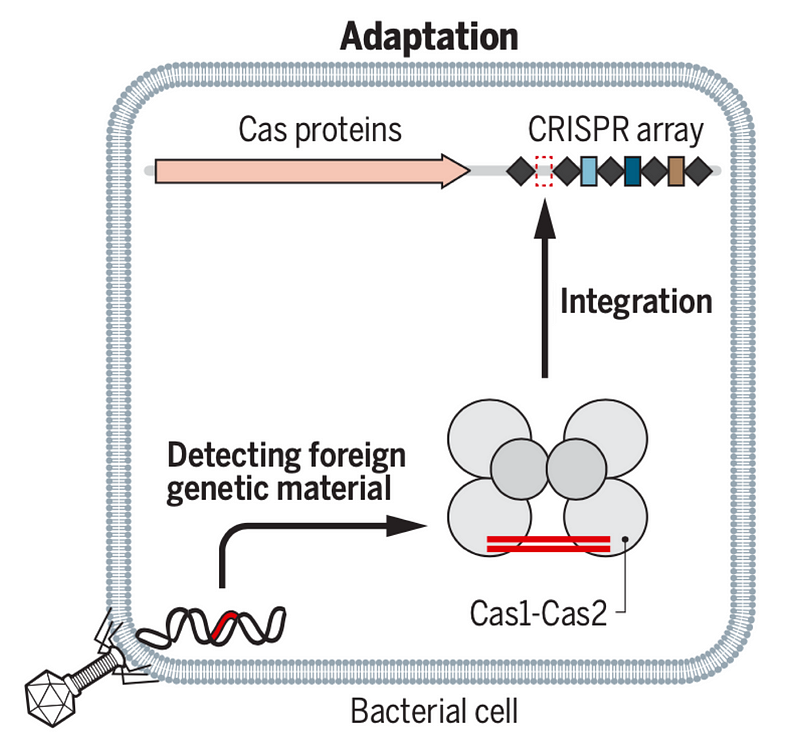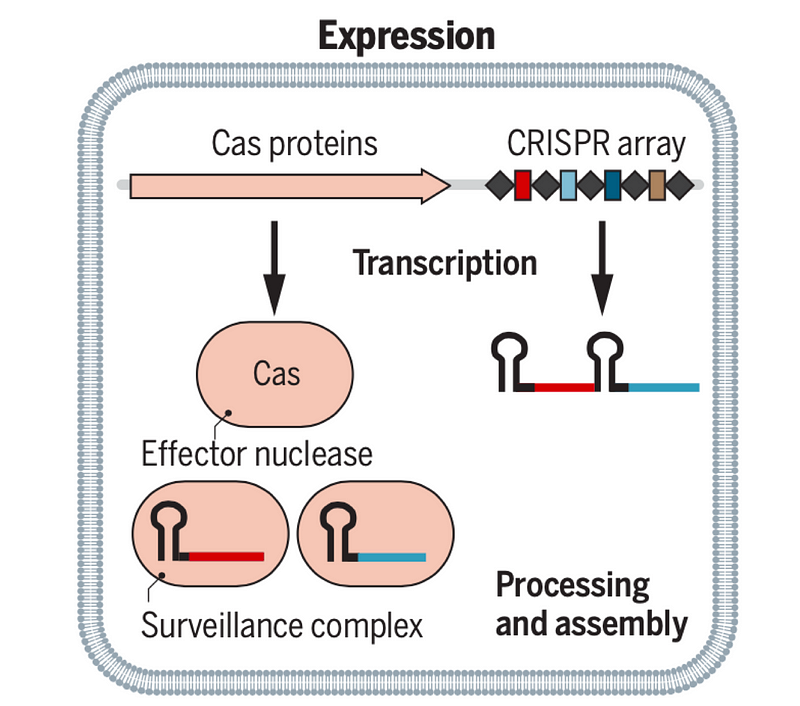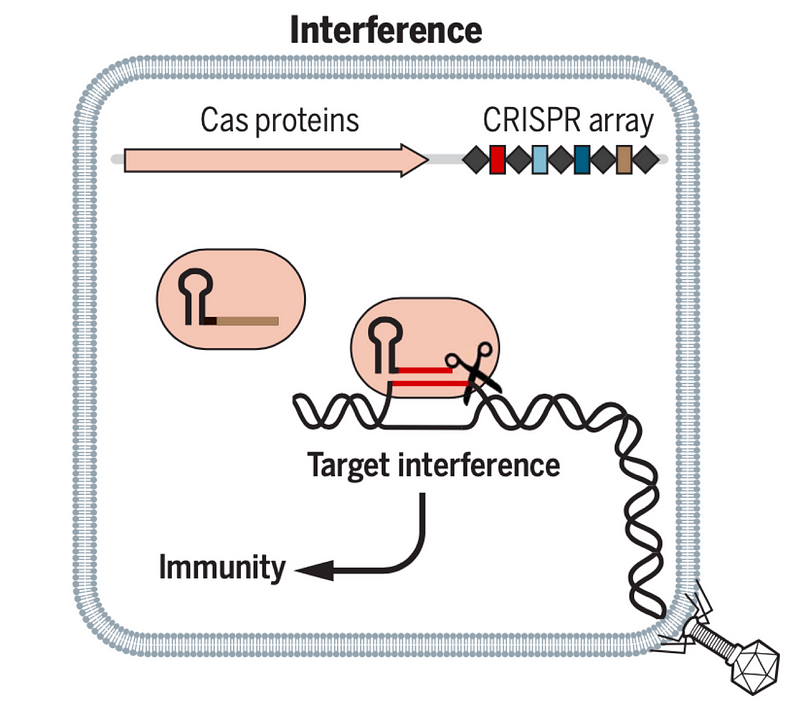The Intricacies of CRISPR: How Bacteria Combat Viruses
Written on
Chapter 1: Understanding CRISPR/Cas Mechanisms
The CRISPR technology has gained significant attention in recent years, yet many may not fully grasp its origins or its role in safeguarding bacteria from viral threats. CRISPR/Cas, which stands for clustered regularly interspaced short palindromic repeats and associated proteins, is an essential component of the bacterial immune system.
Bacteria and viruses are engaged in a continuous struggle, with viruses evolving increasingly sophisticated methods to invade host cells and replicate. In response, bacteria have developed advanced defense mechanisms.
One notable strategy involves the use of CRISPR. This system allows bacteria to fend off viral invasions while also retaining a memory of viral genetic material (DNA or RNA) by integrating these sequences into their own genome. As a result, all descendants of the bacteria inherit this protection.
The CRISPR defense process unfolds in three key phases: adaptation, expression, and interference.
Section 1.1: Adaptation Phase
During the adaptation phase, Cas1-Cas2 proteins identify and incorporate short sequences of viral DNA or RNA into the CRISPR array, as illustrated by the highlighted area in Figure 1.

The CRISPR array is composed of colored boxes (representing viral DNA/RNA) interspersed with black palindromic repeats. These sequences are integrated into the bacterial genome, ensuring that they can be expressed and passed down to future generations.
Section 1.2: Expression Phase
Once the viral sequence has been integrated, the bacterial genome is transcribed and expressed. The Cas proteins, along with the CRISPR array, undergo transcription, resulting in the production of effector nucleases, which are enzymes capable of cleaving DNA or RNA.
The transcription process yields crRNA (CRISPR RNA), represented by the loops with colored sequences. These transcripts are modified to create a single loop with a specific sequence, which then pairs with a Cas protein to form a surveillance complex.

Section 1.3: Interference Phase
With the surveillance complexes in place, bacteria can promptly detect viral DNA or RNA. This complex, composed of a Cas nuclease and crRNA, recognizes the viral genetic material due to the complementary sequence present in the crRNA.
When a familiar virus injects its genetic material, the crRNA binds to the corresponding viral strand. This interaction signals the Cas nuclease to cleave the viral DNA/RNA, rendering the virus incapable of replication within the bacterium and ensuring the bacterium's safety.

Chapter 2: The Future of CRISPR/Cas Technology
Researchers have discovered that by utilizing a specific Cas protein, Cas9, they can select which sequence will be included in the surveillance complex. This innovation enables the creation of tailored surveillance complexes that can induce targeted double-strand breaks.
CRISPR-Cas technology is poised to revolutionize genetic engineering, with its versatility, modularity, and effectiveness driving advancements in biotechnology.
The first video, "CRISPR Immunity Explained: How Cas9 Protects Bacteria from Viruses," delves into the mechanisms by which the Cas9 protein safeguards bacteria against viral threats.
The second video, "What is CRISPR-Cas?" provides an overview of the CRISPR-Cas system and its significance in modern science.